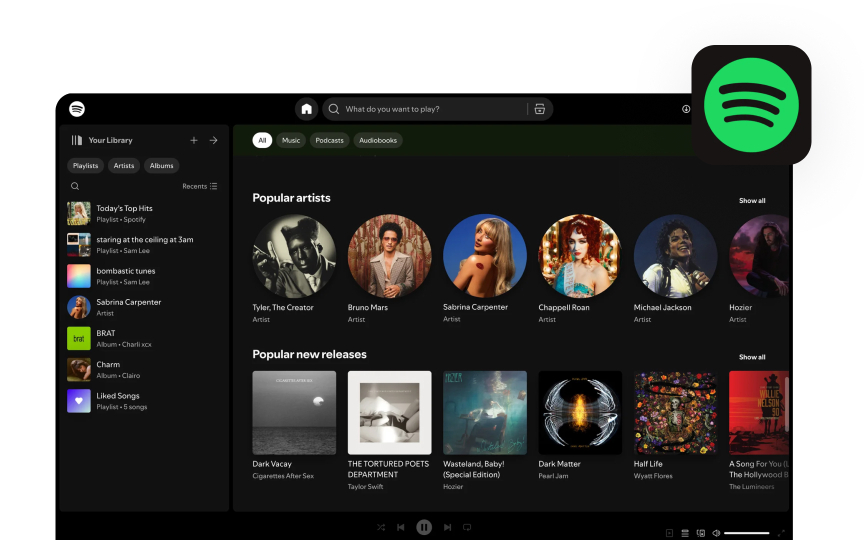Defining AI in UX context
AI-powered UX represents a fundamental evolution in interface design, transitioning from static, rule-based systems to dynamic, learning environments. Traditional interfaces follow predetermined paths: click a button, get a specific response. AI interfaces, however, adapt by analyzing patterns across user interactions, environmental contexts, and behavioral signals. This adaptive quality manifests in 3 key ways:
- Personalization that evolves beyond simple preferences to understand nuanced user needs
- Prediction capabilities that anticipate actions before users initiate them
- Continuous improvement, where the system gets more helpful through ongoing use
Consider how a traditional music app merely plays what you select, while an AI-powered one builds increasingly accurate recommendations by analyzing listening patterns, contextual factors like time of day, and even emotional signals from your selections. This shift demands that designers move from crafting fixed journeys to establishing learning frameworks with appropriate boundaries for adaptation.

